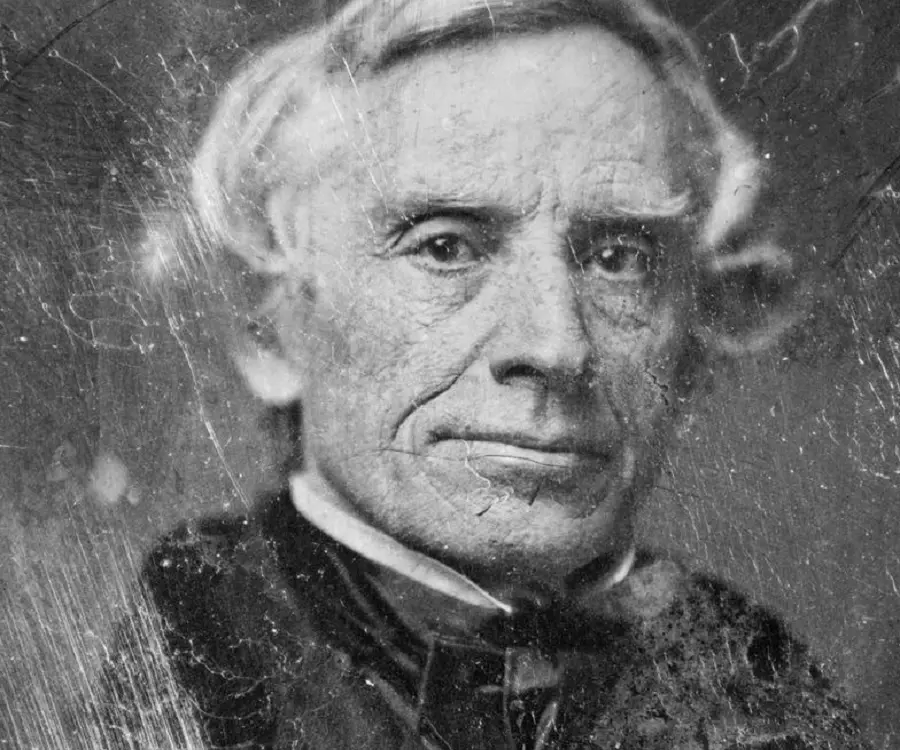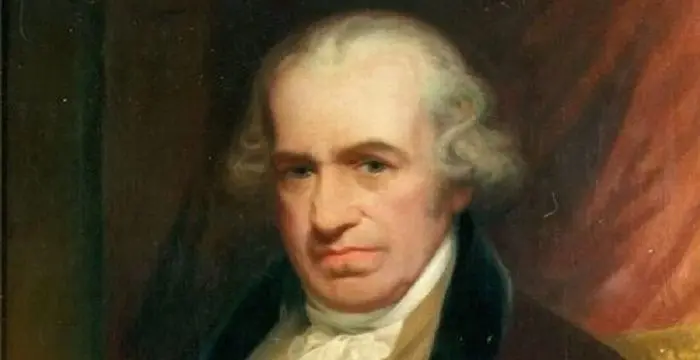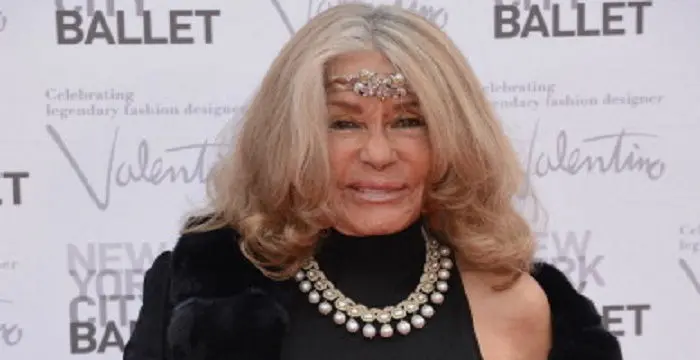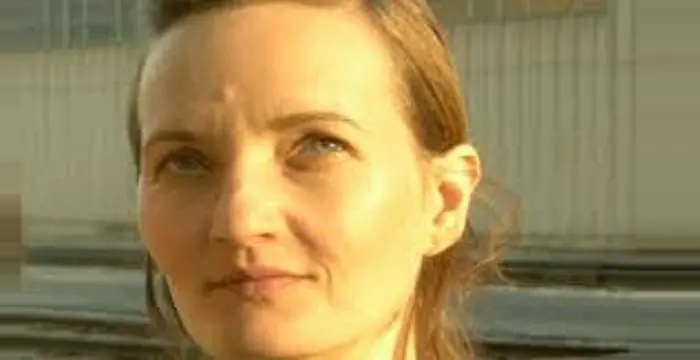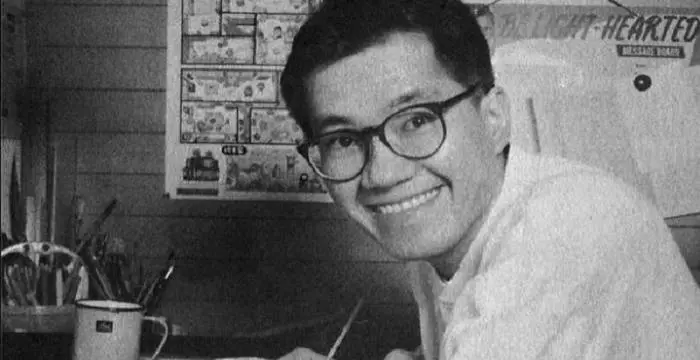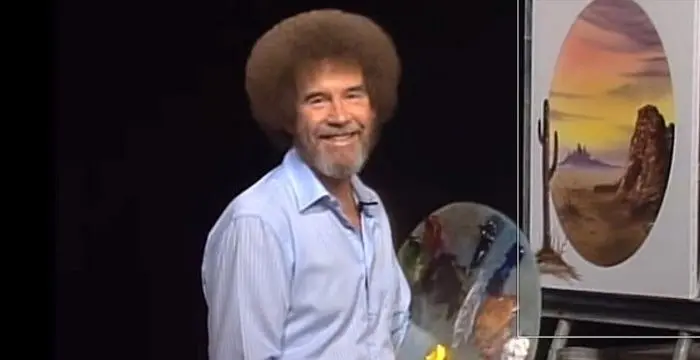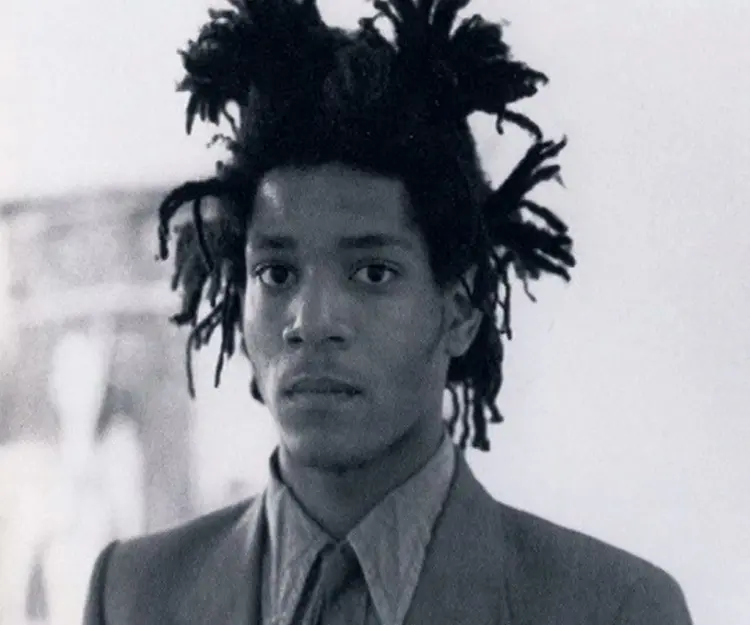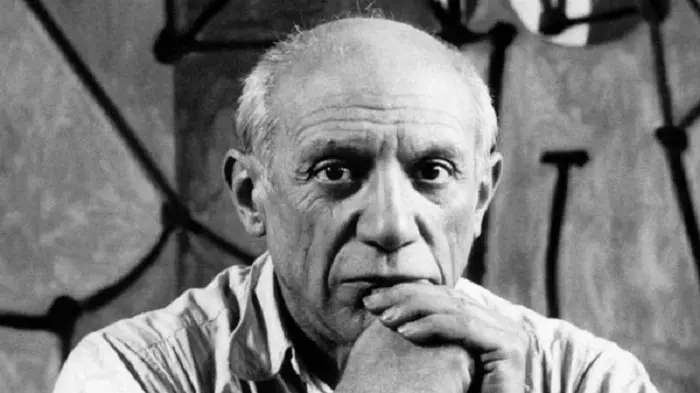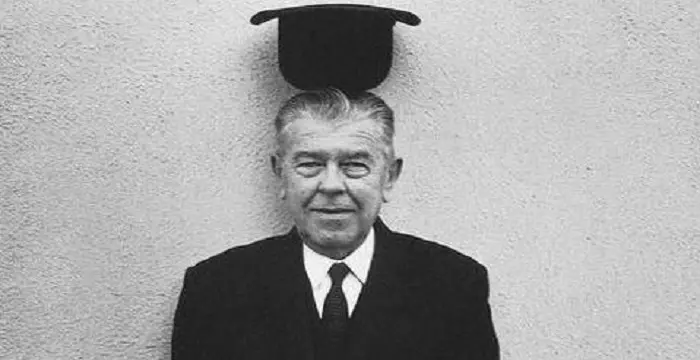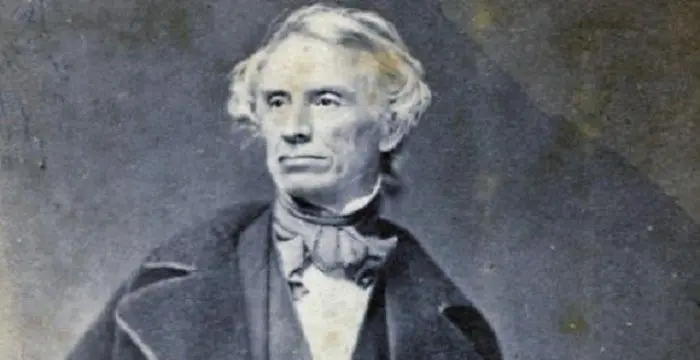
Samuel Morse - Philanthropists, Family and Childhood
Samuel Morse's Personal Details
Samuel Morse was an American painter and inventor, who invented the single-wire telegraph system
| Information | Detail |
|---|---|
| Birthday | April 27, 1791 |
| Died on | April 2, 1872 |
| Nationality | American |
| Famous | Philanthropists, Artists & Painters, Artists, Inventors & Discoverers |
| City/State | Massachusetts |
| Spouses | Elizabeth Griswold, Lucretia Walker |
| Siblings | Richard Cary Morse, Sidney Edwards Morse |
| Known as | Samuel Finley Breese Morse, Samuel F. B. Morse |
| Childrens | Samuel Morse |
| Universities |
|
| Founder / Co-Founder |
|
| Discoveries / Inventions |
|
| Birth Place | Charlestown, Boston |
| Religion | Unitarian Universalism |
| Gender | Male |
| Father | Jedidiah Morse |
| Mother | Elizabeth Ann Finley Breese |
| Sun Sign | Taurus |
| Born in | Charlestown, Boston |
| Famous as | Painter |
| Died at Age | 80 |
// Famous Philanthropists
Kevin Costner
Kevin Costner is an American actor, director and singer who is best known for his portrayal of rugged individuals with complex emotions. This biography provides detailed information about his childhood, life, achievements, works & timeline
Stevie Nicks
Stevie Nicks is singer-songwriter rated among the 100 Greatest Singers of All Time by Rolling Stone Magazine. This biography of Stevie Nicks provides detailed information about her childhood, life, achievements, works & timeline.
Princess Ameerah Al-Taweel
Princess Ameerah Al-Taweel is a Saudi Arabian princess widely recognized for her philanthropy and activism. Check out this biography to know about her childhood, family, life history and achievements.
Samuel Morse's photo
Who is Samuel Morse?
Samuel Morse was an American painter and inventor, who invented the single-wire telegraph system.. Born to a modest household, Morse started his career as a painter, his forte being portraiture. In no time, he established a name for himself in the field of painting and painted portraits of significant personalities such as, former US President John Adams and James Monroe and French aristocrat Marquis de Lafayette. Though Morse was always fascinated with electromagnetism, it was the sudden news of the death of his wife that gave him the impetus to come up with a device that allowed long-distance communication. After years of hard work, he finally came up with the single-wire telegraph system that changed the way people sent and received messages in the world. He co-developed Morse Code, a method of transmitting textual information as a series on an off tones. Interestingly, in some parts of the world, Morse Code is still in use in radio communications
// Famous Inventors & Discoverers
Nikola Tesla
Nikola Tesla was a Serbian-American inventor, best known for his development of alternating current electrical systems. This biography of Nikola Tesla provides detailed information about his childhood, life, achievements, works & timeline.
Thomas Newcomen
Thomas Newcomen was a British inventor who developed the world’s first steam engine. Browse through this biography to learn in details about his life, career, works and timeline.
Erno Rubik
The famous inventor and educationist, Erno Rubik is known world-wide for his invention the ‘Rubik’s Cube’. To know more about the childhood, profile, timeline and career of this famous architect-inventor read on.
Childhood & Early Life
Samuel Morse was born on April 27, 1791 in Charlestown, Massachusetts to Jedidiah Morse and Elizabeth Ann Finley Breese.
Morse gained his early education from Philips Academy in Andover, Massachusetts before enrolling at the Yale University to study religious philosophy, mathematics and science of horses.
While at Yale, he attended lectures on electricity. To support his living, he took to painting. In 1810, he graduated from Yale with Phi Beta Kappa honors.
His most notable early work includes ‘Landing of the Pilgrims’ which caught the attention of Washington Allston. Impressed by his work of art, he encouraged Morse to move to England.
Career
It was in England that Morse gave finesse to his artwork. He perfected his painting technique so much so that by 1811, he gained admission at the Royal Academy.
Taking inspiration from the works of Renaissance artists, Michelangelo and Raphael, he came up with his masterpiece, ‘Dying Hercules’ that gave an insight into his political view against British and American Federalists.
On August 21, 1815, he left England and moved to United States. In United States, he received commission to paint portraits of former Presidents, John Adams and James Monroe. Additionally, he painted portraits of several wealthy merchants and important political figures.
He moved base to New Haven where he came up with a series of allegorical works that depicted the internal working of the US government. The paintings, though not appreciated much, were later hanged in the Hall of Congress.
Failing to make an impact with his historical canvas, he turned to portraiture yet again. He received the honor of painting the portrait of Marquis de Lafayette, leading French supporter of the American Revolution who helped establish free and independent America.
In 1825, while he was painting the portrait of Lafayette in Washington, DC, a horse messenger delivered a letter from his father that stated about his wife’s ill health. Following day, he received yet another letter which informed him of the sudden demise of his wife. Dejected, he left for New Haven and by the time he arrived, his wife had already been buried.
His wife’s failing health and subsequent death made a deep impression on the mind of Morse who decided to bridge the long-distance gap by coming up with a means of device that allowed distance communication.
In 1832, while journeying back to United States from Europe by ship, he met Charles Thomas Jackson, an American scientist who was an expert in electromagnetism. Jackson described some of the properties of electromagnetism to Morse and Morse conceived the idea of single-wire electric telegraph to transmit messages over long-distance.
Morse quit painting and turned his attention solely to electromagnetism. In 1835, he designed his first telegraph and submitted the findings at the US Patent Office. Morse was facing difficulty getting a telegraphic signal to carry over more than a few hundred yards of wire.
Morse struggle finally ended when he received help from New York University professor, Leonard Gale. Gale introduced extra circuits at frequent intervals which helped transmit message successfully through ten miles. Morse and Gale were later joined by Alfred Vail who contributed both money and mechanical skill.
On January 11, 1838, he along with his partners made first public demonstration of the electric telegraph, in Morristown, New Jersey. The first public transmission message was, ‘A patient waiter is no loser’.
Morse moved to Washington DC to avail federal sponsorship to make the telegraph line a viable technology but he met little success. After much wandering, Morse finally gained financial support.
With a grant of about $30,000 he started the construction of an experimental telegraph line between Washington DC and Baltimore. The line officially opened on May 24, 1844 with the first message ‘What hath God wrought’ sent from basement of the US Capitol building in Washington DC to B&O’s Mount Clare Station in Baltimore.
Following the inaugural session of the telegraph, the Magnetic Telegraph Company was formed in 1845. It overlooked the construction of new telegraph lines from New York City to Philadelphia, Boston, Buffalo, New York, and Mississippi.
In 1847, Morse finally received the patent for his telegraph. Two years later, he was elected as an Associate Fellow of the American Academy of Arts and Sciences. In 1851, his telegraphic line was adopted as the standard line for European telegraphy.
Though Morse obtained patents and had established telegraphic lines across the countries in the world, he was still bereft of being recognized as the sole inventor of the telegraph. As such, he wasn’t paid the correct royalties due to him.
He appealed in Supreme Court which ruled out any contention that ignored or contested Morse’s telegraphy patent. It said that Morse’s device was the first to make use of a single-circuit, battery powered machine. Following the Supreme Court verdict, the government of United States and European countries finally gave Morse his due credit and recognition.
In 1858, Morse was paid a sum of 400,000 French francs by the governments of France, Austria, Belgium, Netherlands, Piedmont, Russia, Sweden, Tuscany and Turkey. Same year, he was also elected a foreign member of the Royal Swedish Academy of Sciences.
He offered support to Cyrus West Field’s plans of setting up transoceanic telegraph line and even invested $10,000. After much ado, the first transatlantic telegraph message was sent in 1858
Morse retired from public life in an ostentatious manner. A day long celebration which included unveiling of his statue in New York’s Central Park was followed with a grand finale at the NY Academy of Music where he transmitted his last official message.
During the last months of his life, he indulged in a lot of philanthropic works, giving large sums to charitable institutions. He started to take interest in the relationship of science and religion.
Major Works
Before creative waves in the field of electromagnetism, Morse was a renowned painter. He was a master at the art, beautiful putting into canvas his bold subjects in a technical manner but with a touch of Romanticism. He took to portraiture and throughout his early career painted portraits of important persons.
Morse is credited with the invention of a single-wire telegraph that allowed long-distance communication. He along with his partners co-developed the Morse Code thus helping make telegraph a viable commercial-use device.
Awards & Achievements
Recognizing his contribution in the field of science, leaders of several countries rewarded him with notable honors. Sultan Ahmad I ibn Mustafa of Turkey inducted him into the Order of Glory, Emperor of Austria presented him Great Golden Medal of Science and Arts and Emperor of France bestowed upon him a cross of Chevalier in the Légiond'honneur.
While the King of Denmark credited him with the Cross of a Knight of the Order of the Dannebrog, the Queen of Spain presented him with the honor of Cross of Knight Commander of the Order of Isabella the Catholic. Other significant awards include Order of the Tower and Sword from the kingdom of Portugal and Chevalier of the Order of Saints Maurice and Lazarus by Italy.
The government of United States did not recognize him until the last years of his life. He lived to see a statue of himself unveil at the New York Central Park. Posthumously, his portrait was engraved in the United States two-dollar bill silver certificate series in 1896.
Personal Life & Legacy
Morse married twice. His first marriage was with Lucretia Pickering Walker on September 29, 1818. The marriage bore him three children: Susan, Charles and James. Lucretia died on February 7, 1825.
Morse married Sarah Elizabeth Griswold on August 10, 1848. The couple had four children: Samuel, Cornelia, William and Edward.
Morse passed away on April 2, 1872, in New York City. He was interred at Green-Wood Cemetery in Brooklyn, New York.
// Famous Artists & Painters
Micheline Roquebrune
Micheline Roquebrune is a petite Moroccan-French painter best known as the third wife the legendary Scottish actor Sir Sean Connery. Check out this biography to know about her birthday, childhood, family life, achievements and fun facts about her.
Yvonne McGuinness
Yvonne McGuinness is an Irish multimedia artist. This biography profiles her childhood, family, personal life, career, etc.
Akira Toriyama
Akira Toriyama is a Japanese manga artist. This biography profiles his childhood, family, personal life, achievements, etc.
Samuel Morse biography timelines
- // 27th Apr 1791Samuel Morse was born on April 27, 1791 in Charlestown, Massachusetts to Jedidiah Morse and Elizabeth Ann Finley Breese.
- // 1810While at Yale, he attended lectures on electricity. To support his living, he took to painting. In 1810, he graduated from Yale with Phi Beta Kappa honors.
- // 1811It was in England that Morse gave finesse to his artwork. He perfected his painting technique so much so that by 1811, he gained admission at the Royal Academy.
- // 21st Aug 1815On August 21, 1815, he left England and moved to United States. In United States, he received commission to paint portraits of former Presidents, John Adams and James Monroe. Additionally, he painted portraits of several wealthy merchants and important political figures.
- // 29th Sep 1818 To 7th Feb 1825Morse married twice. His first marriage was with Lucretia Pickering Walker on September 29, 1818. The marriage bore him three children: Susan, Charles and James. Lucretia died on February 7, 1825.
- // 1825In 1825, while he was painting the portrait of Lafayette in Washington, DC, a horse messenger delivered a letter from his father that stated about his wife’s ill health. Following day, he received yet another letter which informed him of the sudden demise of his wife. Dejected, he left for New Haven and by the time he arrived, his wife had already been buried.
- // 1832In 1832, while journeying back to United States from Europe by ship, he met Charles Thomas Jackson, an American scientist who was an expert in electromagnetism. Jackson described some of the properties of electromagnetism to Morse and Morse conceived the idea of single-wire electric telegraph to transmit messages over long-distance.
- // 1835Morse quit painting and turned his attention solely to electromagnetism. In 1835, he designed his first telegraph and submitted the findings at the US Patent Office. Morse was facing difficulty getting a telegraphic signal to carry over more than a few hundred yards of wire.
- // 11th Jan 1838On January 11, 1838, he along with his partners made first public demonstration of the electric telegraph, in Morristown, New Jersey. The first public transmission message was, ‘A patient waiter is no loser’.
- // 24th May 1844With a grant of about $30,000 he started the construction of an experimental telegraph line between Washington DC and Baltimore. The line officially opened on May 24, 1844 with the first message ‘What hath God wrought’ sent from basement of the US Capitol building in Washington DC to B&O’s Mount Clare Station in Baltimore.
- // 1845Following the inaugural session of the telegraph, the Magnetic Telegraph Company was formed in 1845. It overlooked the construction of new telegraph lines from New York City to Philadelphia, Boston, Buffalo, New York, and Mississippi.
- // 1847 To 1851In 1847, Morse finally received the patent for his telegraph. Two years later, he was elected as an Associate Fellow of the American Academy of Arts and Sciences. In 1851, his telegraphic line was adopted as the standard line for European telegraphy.
- // 10th Aug 1848Morse married Sarah Elizabeth Griswold on August 10, 1848. The couple had four children: Samuel, Cornelia, William and Edward.
- // 1858In 1858, Morse was paid a sum of 400,000 French francs by the governments of France, Austria, Belgium, Netherlands, Piedmont, Russia, Sweden, Tuscany and Turkey. Same year, he was also elected a foreign member of the Royal Swedish Academy of Sciences.
- // 1858He offered support to Cyrus West Field’s plans of setting up transoceanic telegraph line and even invested $10,000. After much ado, the first transatlantic telegraph message was sent in 1858
- // 2nd Apr 1872Morse passed away on April 2, 1872, in New York City. He was interred at Green-Wood Cemetery in Brooklyn, New York.
- // 1896The government of United States did not recognize him until the last years of his life. He lived to see a statue of himself unveil at the New York Central Park. Posthumously, his portrait was engraved in the United States two-dollar bill silver certificate series in 1896.
// Famous Artists
Susan Mikula
Susan Mikula is an American artist and photographer. Check out this biography to know about her childhood, family life, achievements and fun factsabout her life.
Akira Toriyama
Akira Toriyama is a Japanese manga artist. This biography profiles his childhood, family, personal life, achievements, etc.
Bob Ross
Bob Ross was a celebrated, creative American painter and an art instructor. Check out this biography to know about his birthday, childhood, family life, achievements and fun facts about him.
Jean-Michel Basquiat
Jean-Michel Basquiat was an American graffiti artist who was one of the leading lights of the neo expressionist era in the 1980s. Check out this biography to know about his childhood, life, achievements, works & timeline.
Pablo Picasso
Pablo Picasso was one of the greatest painters of the 20th century. With this biography, explore his life, childhood, profile and timeline.
Rene Magritte
Rene Magritte was a Belgian surrealist artist known for his thought-provoking images that force the observers to think beyond their perceptions of reality. This biography provides information about his childhood, life, works & achievements.
Samuel Morse's FAQ
What is Samuel Morse birthday?
Samuel Morse was born at 1791-04-27
When was Samuel Morse died?
Samuel Morse was died at 1872-04-02
Where was Samuel Morse died?
Samuel Morse was died in New York City
Which age was Samuel Morse died?
Samuel Morse was died at age 80
Where is Samuel Morse's birth place?
Samuel Morse was born in Charlestown, Boston
What is Samuel Morse nationalities?
Samuel Morse's nationalities is American
Who is Samuel Morse spouses?
Samuel Morse's spouses is Elizabeth Griswold, Lucretia Walker
Who is Samuel Morse siblings?
Samuel Morse's siblings is Richard Cary Morse, Sidney Edwards Morse
Who is Samuel Morse childrens?
Samuel Morse's childrens is Samuel Morse
What was Samuel Morse universities?
Samuel Morse studied at Phillips Academy, 1815 - Royal Academy of Arts, 1810 - Yale College
Which company or organization was founded by Samuel Morse?
Samuel Morse was the founder/co-founder of National Academy Museum and School, Western Union
What is Samuel Morse's inventions/discoveries?
Improvement In Electro-Magnetic Telegraphs, Morse Code was invented (or discovered) by Samuel Morse
What is Samuel Morse's religion?
Samuel Morse's religion is Unitarian Universalism
Who is Samuel Morse's father?
Samuel Morse's father is Jedidiah Morse
Who is Samuel Morse's mother?
Samuel Morse's mother is Elizabeth Ann Finley Breese
What is Samuel Morse's sun sign?
Samuel Morse is Taurus
How famous is Samuel Morse?
Samuel Morse is famouse as Painter



